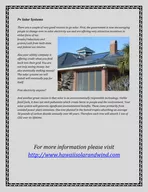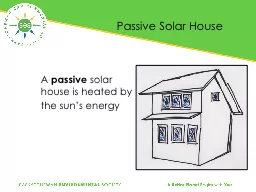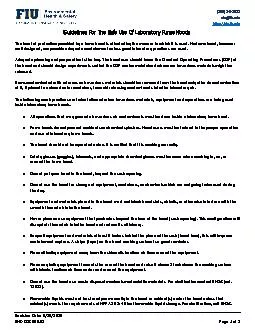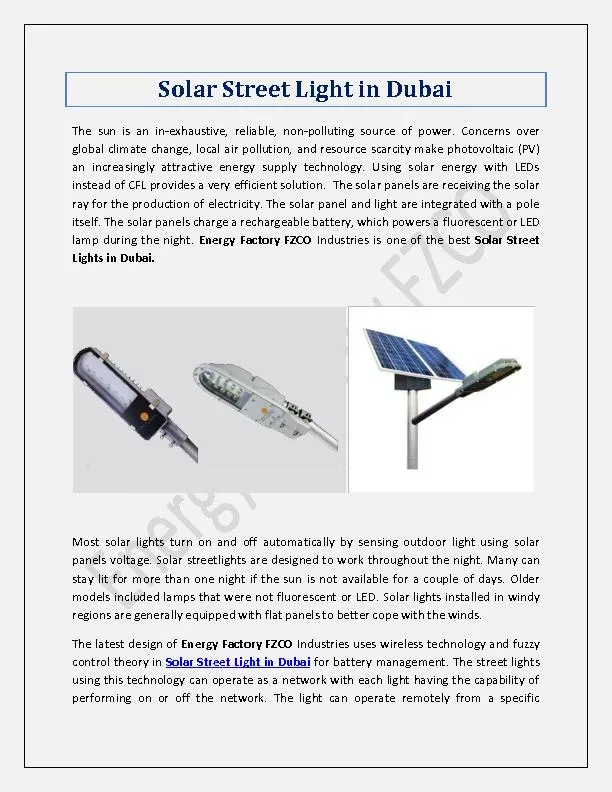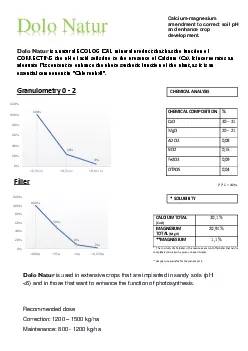PPT-FIU Solar House’s Potential Performance: A Study of Natur
Author : jane-oiler | Published Date : 2016-03-15
ChengXian Lin and Long Phan Florida International University Miami FL 33174 FIU at us Solar decathlon 2005 1 10 Contests Architecture Dwelling Documentation Communications
Presentation Embed Code
Download Presentation
Download Presentation The PPT/PDF document "FIU Solar House’s Potential Performanc..." is the property of its rightful owner. Permission is granted to download and print the materials on this website for personal, non-commercial use only, and to display it on your personal computer provided you do not modify the materials and that you retain all copyright notices contained in the materials. By downloading content from our website, you accept the terms of this agreement.
FIU Solar House’s Potential Performance: A Study of Natur: Transcript
Download Rules Of Document
"FIU Solar House’s Potential Performance: A Study of Natur"The content belongs to its owner. You may download and print it for personal use, without modification, and keep all copyright notices. By downloading, you agree to these terms.
Related Documents


